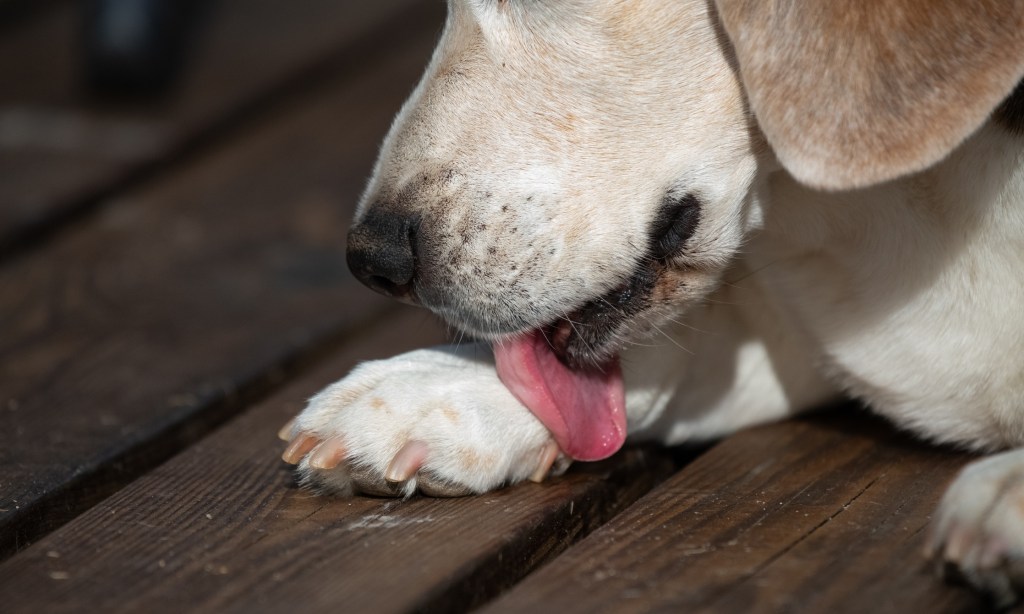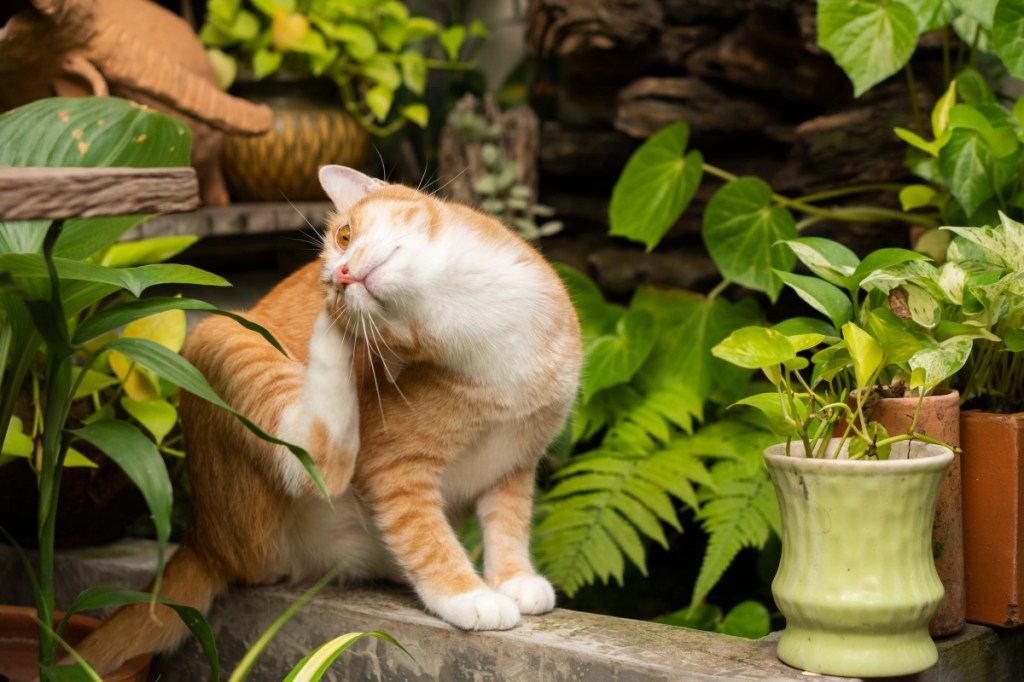Key Takeaways
- A cherry eye looks like a red bump under a dog’s eye, and they form when the third eyelid moves out of position and is exposed, creating a reddish swelling.
- Cherry eyes are most common in young dogs and are more common in certain breeds.
- A vet can move the third eyelid back into position to treat a cherry eye.
Table of Contents
If your dog looks like he’s got a red bump under his eye, he may have a condition called “cherry eye.” Cherry eyeis a common condition when a dog’s third eyelid (tear gland) moves out of its normal position and is exposed in the corner of the eye as a pink or red swelling.
Many mammals have this third eyelid, which is located in the lower inner corner of each eye, near the nose. It provides an additional protective layer for the eye, especially during hunting or fighting.
What is cherry eye?
A ligament holds the third eyelid gland in place. If this ligament becomes weak or breaks, the gland may slip out of place. It is still not completely understood why this ligament becomes damaged in dogs, but it is considered to be hereditary.
The third eyelid gland plays a significant role in tear production, contributing anywhere from 30 to 50 percent of total tear film production. Cherry eye can reduce this tear production, increasing the risk of dry eye. Dry eye damages the cornea and causes significant eye pain.
Cherry eye is most often seen in young dogs (< 1 years old) and can occur in any breed of dog, but is most commonly seen in these breeds:
- Beagle
- Bloodhound
- Boston Terrier
- Cocker Spaniel
- English Bulldog
- Lhasa Apso
- Neapolitan Mastiff
- Pekingese
- Shar Pei
What are the signs of cherry eye?
Cherry eye can be diagnosed by the appearance of the affected eye during a veterinary exam. Sometimes, both eyes can be affected.
As its name would indicate, cherry eye appears as a red, smooth, swollen mass in the inner lower corner of the eye. Other symptoms include a thick discharge and your dog pawing at his eye. The mass may be so large that it covers a portion of the eye, or it may be just a small swelling, according to VCA hospitals.
Sometimes, the condition may just show up periodically, and with the gland returning to its normal position under the eyelid. You’ll want to consult with your vet at any sign of cherry eye.
In some situations, your vet may want to do further diagnostic tests. For example, because cherry eye affects tear production, your vet may measure your dog’s tear production to see if it has decreased. They may also perform eye staining to determine if there’s any damage to the cornea. If there’s a concern for cancer, a biopsy of the mass would be warranted.
Treatment for cherry eye in dogs
Treatment of cherry eye is a surgical procedure where your veterinarian will “tack” the third eyelid back in its normal position. Once the procedure is completed, you’ll have to apply eye ointments to your dog’s eye(s) according to a schedule.
The ointments contain steroids that help reduce the size of the gland, and your dog will have to wear the dreaded e-collar (aka, the cone of shame) to keep him from rubbing his eye. In most cases, this procedure is very successful.
Pet parents report that if cherry eye is diagnosed early, surgery can be relatively complication-free without recurrence. The surgery is usually a one-day procedure with quick recovery times. Within several weeks, the gland is back to normal functioning.
Re-prolapse occurs in 5- 20 percent of cases, requiring another surgery, according to VCA Hospitals. If the third eyelid continues to re-prolapse, or becomes severely dysfunctional or non-functional, then complete removal of the gland may be the best treatment choice.
Completely removing the gland, though, will have a long-term negative effect on tear production and increase your dog’s risk of developing dry eye. Daily medication would be needed to keep the eye moist and prevent dry eye.
Frequently, cherry eye in one eye eventually occurs in the other eye.
If you see a red bump in the lower corner of your dog’s eye, promptly schedule an appointment to take your dog to your veterinarian. Although cherry eye is not a life-threatening condition, it can cause permanent damage to the eye or third eyelid if left untreated.
The content is not intended to be a substitute for professional veterinarian advice, diagnosis, or treatment. Always seek the advice of your veterinarian or other qualified health provider with any questions you may have regarding a medical diagnosis, condition, or treatment options.
Want to make sure your pets are covered from those unexpected illnesses or injuries with no limits on payouts? Get a quote and make sure you’re covered for those dog and puppy mishaps and unpleasant surprises.









